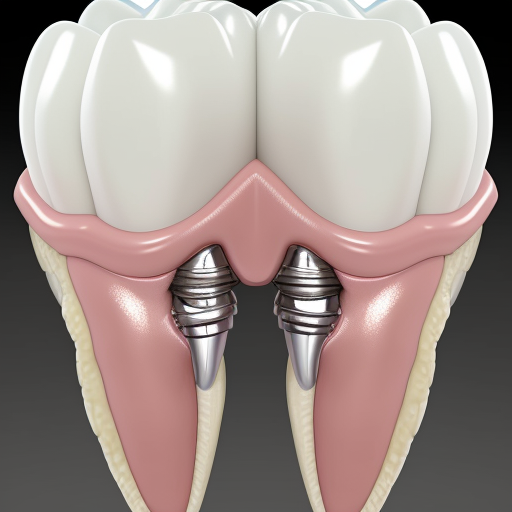Dental amalgams are a mixture of metals that are used to fill cavities in teeth. They have been used for over 150 years and are still one of the most commonly used materials for dental fillings. Amalgams are composed of silver, copper, tin, and mercury. The mercury binds all the other metals together, forming a strong, durable filling material. The use of mercury in amalgams has been a topic of debate among health professionals and patients due to its potential toxicity.
While dental amalgams were once considered the standard filling material, advancements in dental technologies have led to the development of other materials such as resin composites and ceramics that can be used for dental restorations. Despite this, amalgams remain a popular choice due to their durability and affordability. They also do not require special equipment or techniques to place them, which makes them more accessible to dentists in low-resource areas.
Amalgams have received criticism due to the possibility of mercury exposure through inhalation or ingestion during placement or removal. However, the American Dental Association (ADA) maintains that dental amalgam is safe for use in most patients, including pregnant women and children over the age of six. The ADA also notes that the amount of mercury released from amalgams during chewing or grinding is minimal and does not pose a health risk. It’s important to note that patients with a history of mercury allergies or sensitivities may require an alternative filling material.
